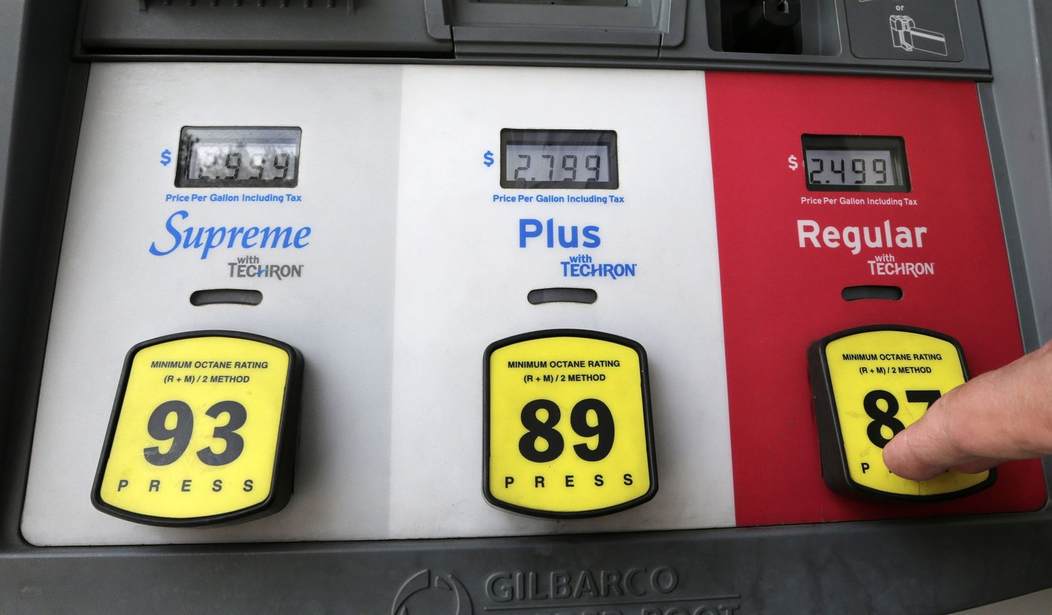This story has been around for as long as I can remember but I still find it somewhat amazing that we’re still talking about it in 2023. Self-service gasoline stations first showed up in the United States in 1947 and they immediately became very popular. But some states refused to approve the practice, leaving everyone to pay more at full-service stations instead. Now, after more than half a century, Oregon has freed its citizens to pump their own gas if they wish, leaving New Jersey as the only state where self-service is still prohibited. But will Oregonians be able to figure out the vexing mysteries of the gasoline pump? Do most of them even know where their gas cap is located on the car? It’s a brave new world to be sure, but hopefully, they will get the hang of it sooner or later. (NBC News)
For the first time in more than seven decades, drivers in Oregon are allowed to pump their own gas.
Democratic Gov. Tina Kotek signed a bill on Friday that lets drivers choose between dispensing fuel themselves or having an attendant pump the gas for them.
The new law, which takes effect immediately, leaves New Jersey as the only state that prohibits self-service gas stations. Still, stations in Oregon will not be allowed to have more self-service pumps than ones designated for full service.
Amazingly, one news station published a video “how to” guide on pumping your own gas. Check it out.
Oregon had justified its ban for 72 years citing an “increased risk of crime and the increased risk of personal injury resulting from slipping on slick surfaces.” These days they might have a point about the risk of crime when you consider the number of carjackings taking place at gas stations. But slippery surfaces can show up anywhere, and if you can’t figure that out, perhaps you shouldn’t be driving.
A different rationale was offered by one Democrat who opposed the bill. He said that the new law could “make it more difficult for the elderly to get help pumping gas and lead to job loss.” His first argument shouldn’t be much of a concern, however. Oregon’s new law makes self-service legal, but gas stations will not be allowed to have more self-service pumps than full-service ones. If anything, the self-service pumps should reduce the workload of the station attendants, allowing full-service customers to be attended to more quickly.
There probably will be some layoffs involved, but that’s part of the underlying idea of self-service stations. Having fewer workers to pay reduces labor costs and, at least in theory, might bring down gas prices or at least slow their rise.
But with all of that said, I’m still at a loss as to why this has been so controversial and what’s causing New Jersey to remain as the outlier. Are there really people who find the concept of pumping gas that perplexing? What’s so difficult about popping open the panel, unscrewing the gas cap, inserting a nozzle, and pulling the lever? Modern pumps all have sensors that detect when the tank is nearly full and cut off the flow before you cause a significant spill. And unless you’re foolish enough to light up a cigarette while doing it, you should be relatively safe, aside from the aforementioned carjackers.
Aside from that, nearly all modern pumps have built-in payment systems that accept credit or debit cards. Unless you need to use the restroom or pick up some coffee, you don’t even have to go into the station when filling up. I don’t even remember the last time we went to a full-service station. Of course, there are always exceptions to every rule. You may not want to be filling up your tank when this kid is driving by.








Join the conversation as a VIP Member